Given our interest in geology and national parks, and our need to make a few stops as we made our way across Idaho, it was clear that we had to plan a visit to Craters of the Moon National Monument and Preserve, located just south of the popular Sun Valley area. This is a fairly old park, first designated as a national monument in 1924, and it preserves a huge area containing the newest and most visible lava flows in the continental U.S.
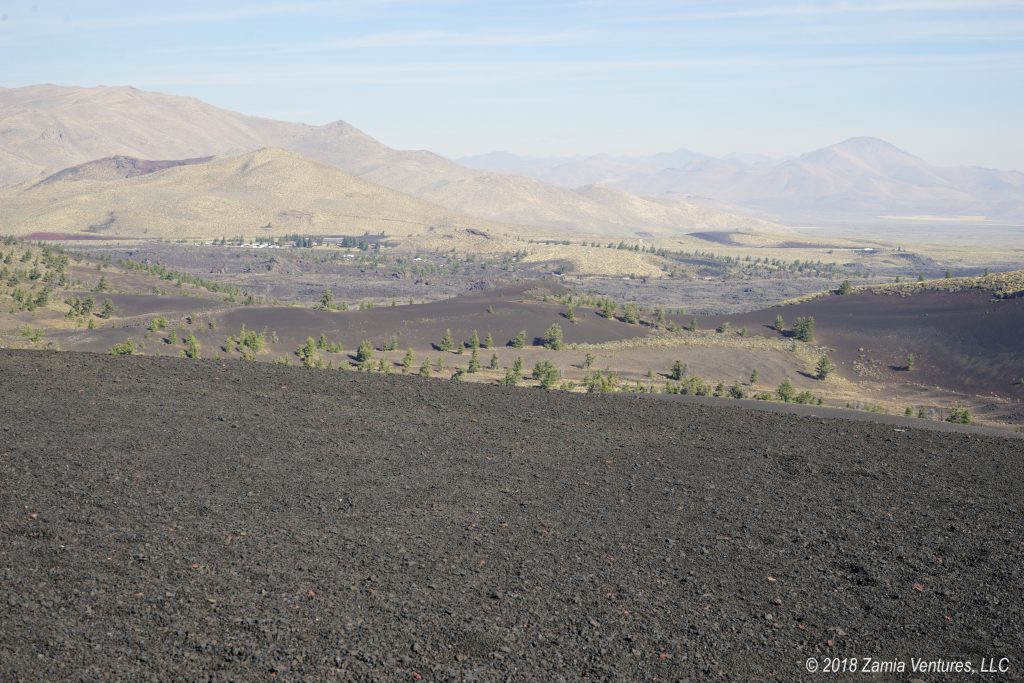
Coming into the area, our overwhelming impression was of how very remote it is. Our drive in from Idaho Falls featured huge expanses of sagebrush where we saw coyotes frolicking but not much else. A large area to the southeast of the park is home to the Idaho National Laboratory, a research facility focused on nuclear power that is home to the first successful nuclear power generation facility: the Experimental Breeder Reactor. Unfortunately the timing of our visit did not allow us to visit the EBR-I, since it is only open to the public between Memorial Day and Labor Day.
The nearby town of Arco, Idaho (population 1,000) is proud to be the first town powered by nuclear energy, and the legacy lives on at the main restaurant/diner in town, Pickle’s Place, Home of the Atomic Burger. Sadly, we cannot report on the radioactive quality of any of the food there, but did enjoy the billboards for the place as we came into the area. I assume without research or verification that the reasoning behind the placement of the nuclear research facility in this remote corner of Idaho is similar to the installation of the nuclear missile silos in South Dakota: if the nuclear research activities caused major damage, it would be limited to a location far from any population centers.
The park itself is a very large one, at 750,000 acres, and the harsh terrain of the lava flows means that most of the park is not easily accessible. It came as no surprise to us to learn that the backcountry of this rugged park was the first to be designated as a “wilderness” where human activity is relatively imperceptible. One of the most charming aspects of the park is the description of the area given in the executive order that established the monument: “a weird and scenic landscape, peculiar to itself.” The NPS is very proud of the weirdness of this place, embracing the concept throughout the interpretive materials. Various points of interest are repeatedly described as “weird” in the brochures, introductory film, and interpretive signs.
After spending a few days in the park, we certainly agree that the volcanic formations are pretty unusual! It’s pretty wild to see endless sagebrush plains interrupted by even more endless fields of craggy lava flows. It’s definitely not a scene I associate with Idaho, probably because no potatoes are involved. It was also surprising to witness the amount of life sustained by this harsh environment. Fields of dry cinders were spotted with dwarf buckwheat and sagebrush. Some of the desert plants had impressive white leaves or golden flowers that contrasted sharply with the black surface of the earth. The whole area was alive with many different types of birds, and we saw plenty of squirrels and pikas. But the unusual terrain of the park was not the only thing that we found weird about Craters of the Moon.
Our first clue about weirdness to come was that the NPS interpretive materials were surprisingly focused on how poorly they have managed the park in the past. This included historic and current photos of various formations showing how much the wear and tear from visitors has diminished the features. There were also many descriptions of poorly-conceived efforts to “manage” the wildlife and plants of the monument. While I appreciated the honest self-reflection, it seemed weird to dwell so much on past mistakes.
Also, in presenting the interpretive materials that explain how lava created different types of formations, there are lots of vivid photos. However, they are all photos of Hawaii, which seems weird for a park located in Idaho. We kept thinking, “Which part of the park do we need to visit to see THAT?” only to realize that there would be very special challenges involved in getting our Airstream to the location of the pictured features.
Finally, we were struck by the dissonant messaging about how people should interact with the park. The NPS self-flagellation about prior poor management made it clear that visitors have taken a toll on the park’s volcanic formations. It was no surprise that in many places we saw signs with stern warnings to STAY ON THE TRAIL.
But then, it was very strange to find that several of the park’s recommended hikes involved getting on top of and into the features in a totally unstructured way! The Inferno Cone hike involves clambering to the top of a cinder cone and wandering around, completely unconfined by trails or any other guideposts. Even stranger was the invitation to climb down into lava tubes that make up the Dewdrop, Beauty, Boy Scout, and Indian Tunnel Caves. We picked our way down into the mouth of a cave, across uneven and shifting pumice boulders with merely the advice to take a flashlight, wear closed-toed shoes, and be careful. The mixed messages were definitely weird.
Overall, it was interesting to visit this unusual yet very off-putting landscape. The challenges of hiking on extremely rough lava and sand-like cinders helped us appreciate that this remains an unforgiving environment to humans, despite being a perfectly fine home for many different plants and animals.
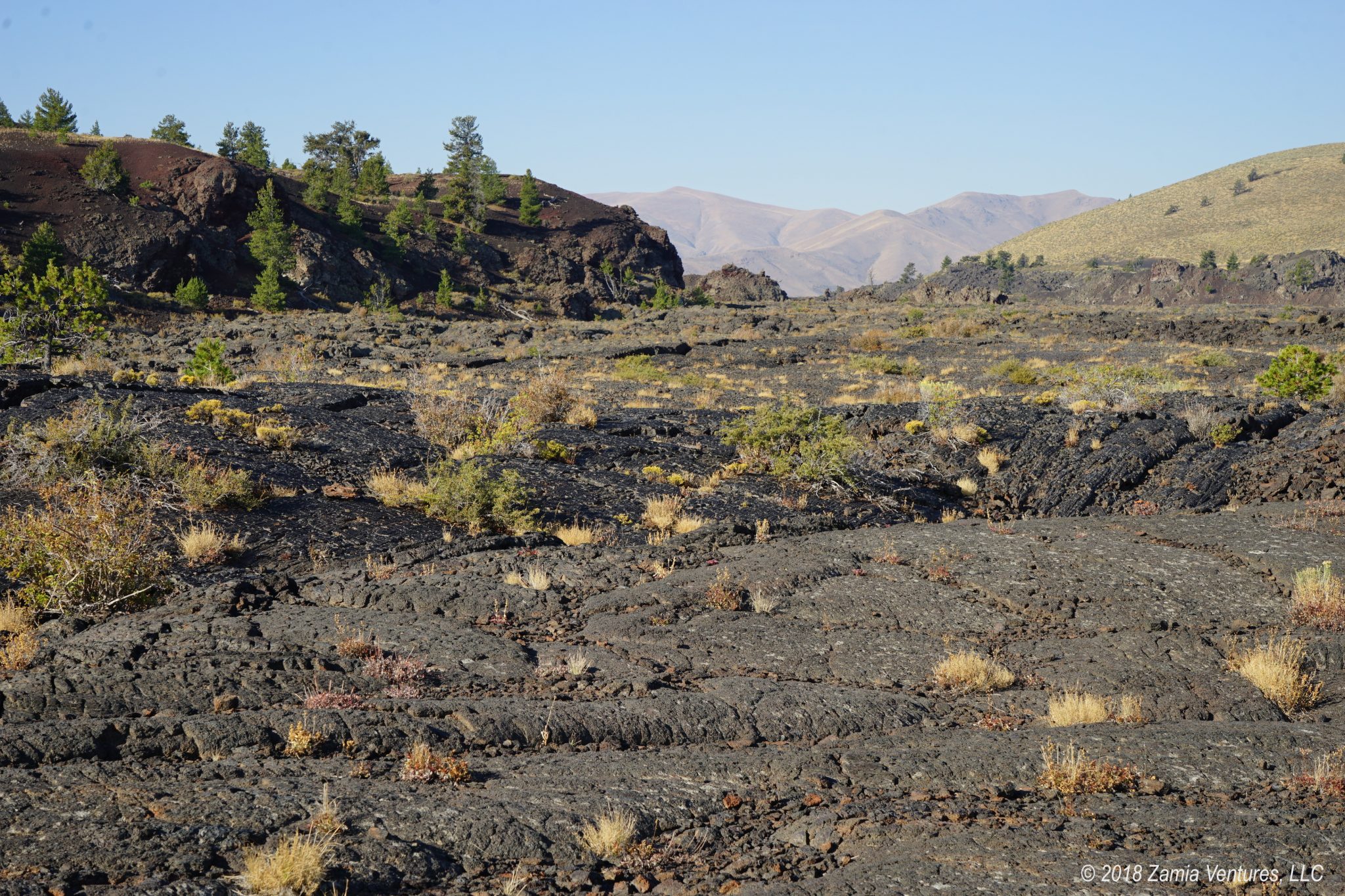
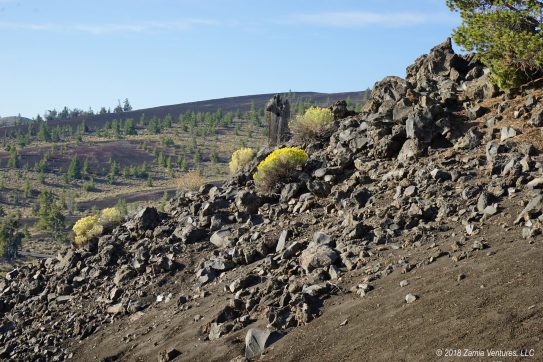
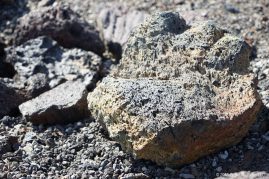
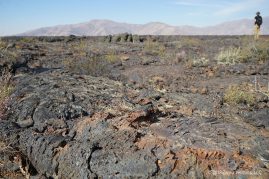
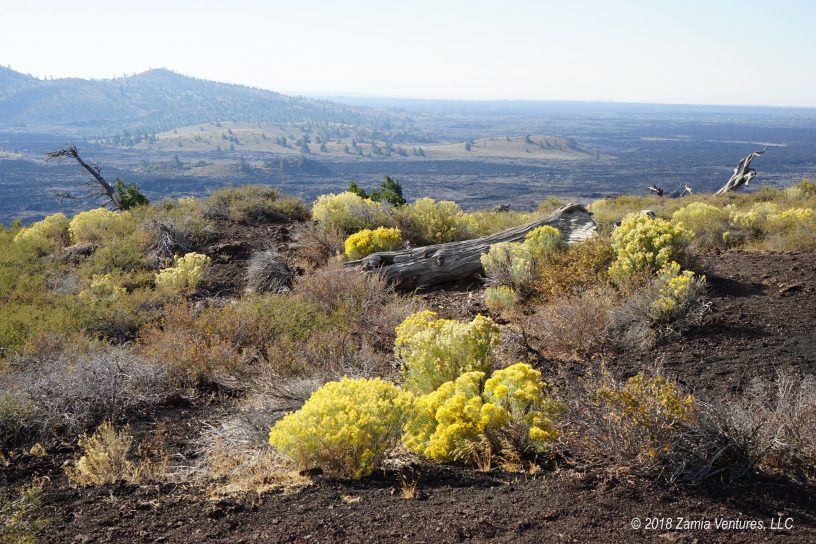
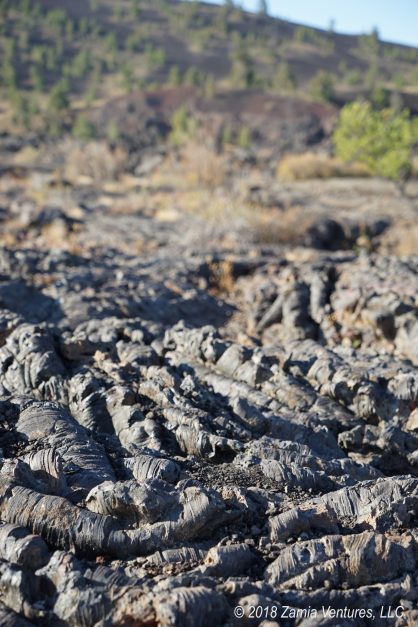
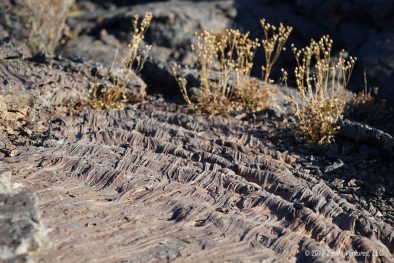
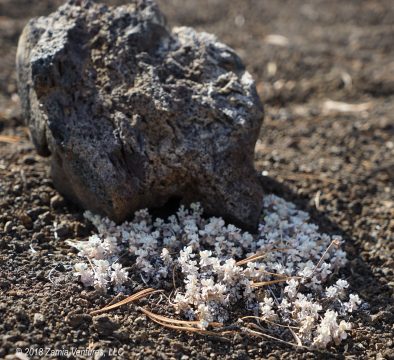
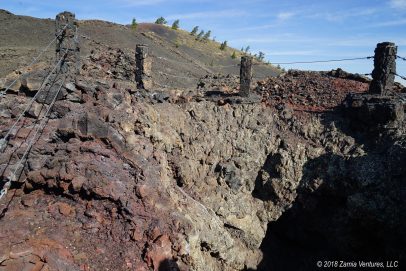
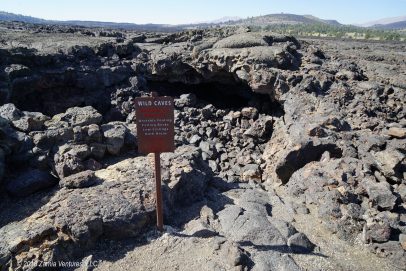
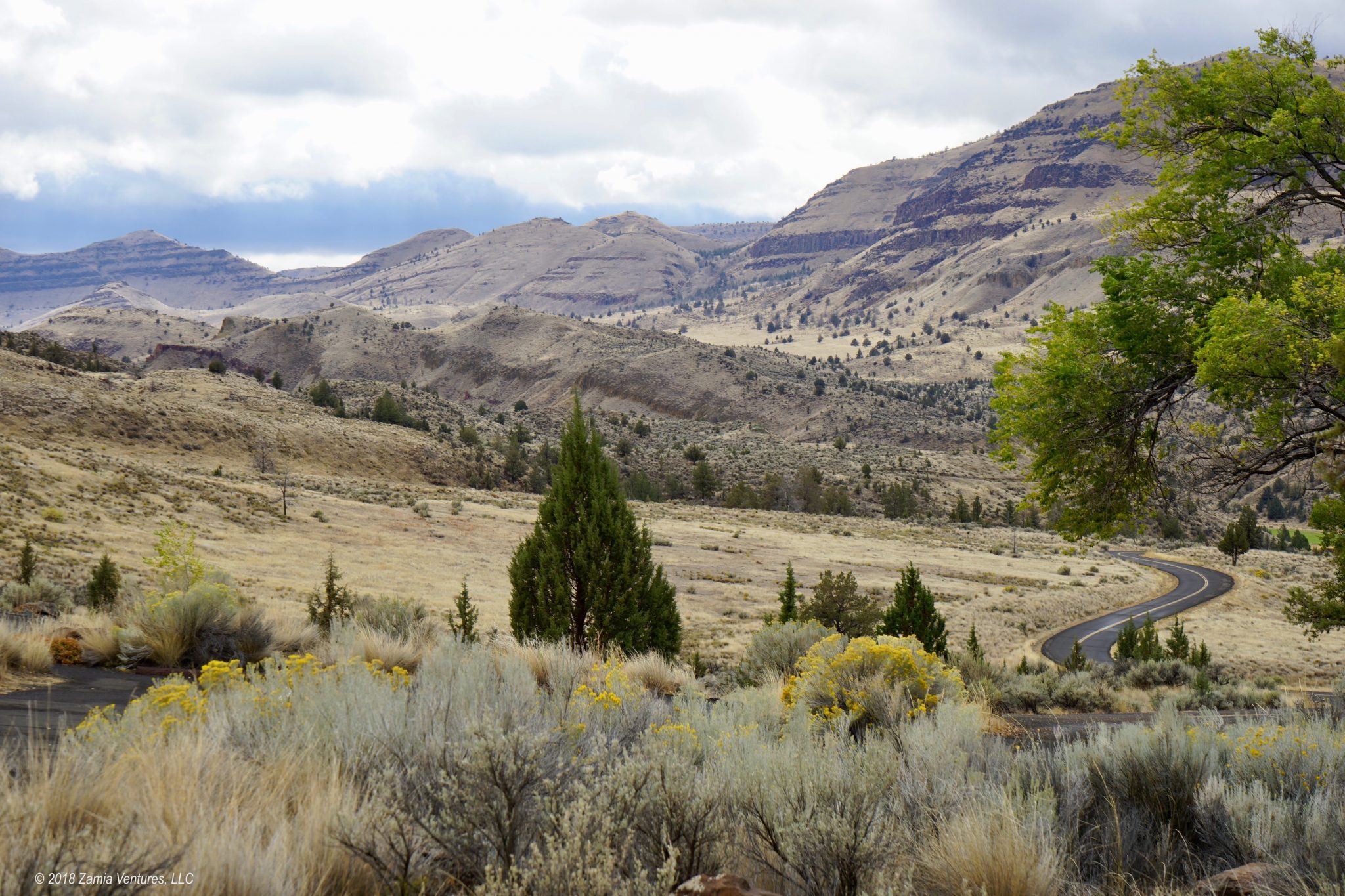
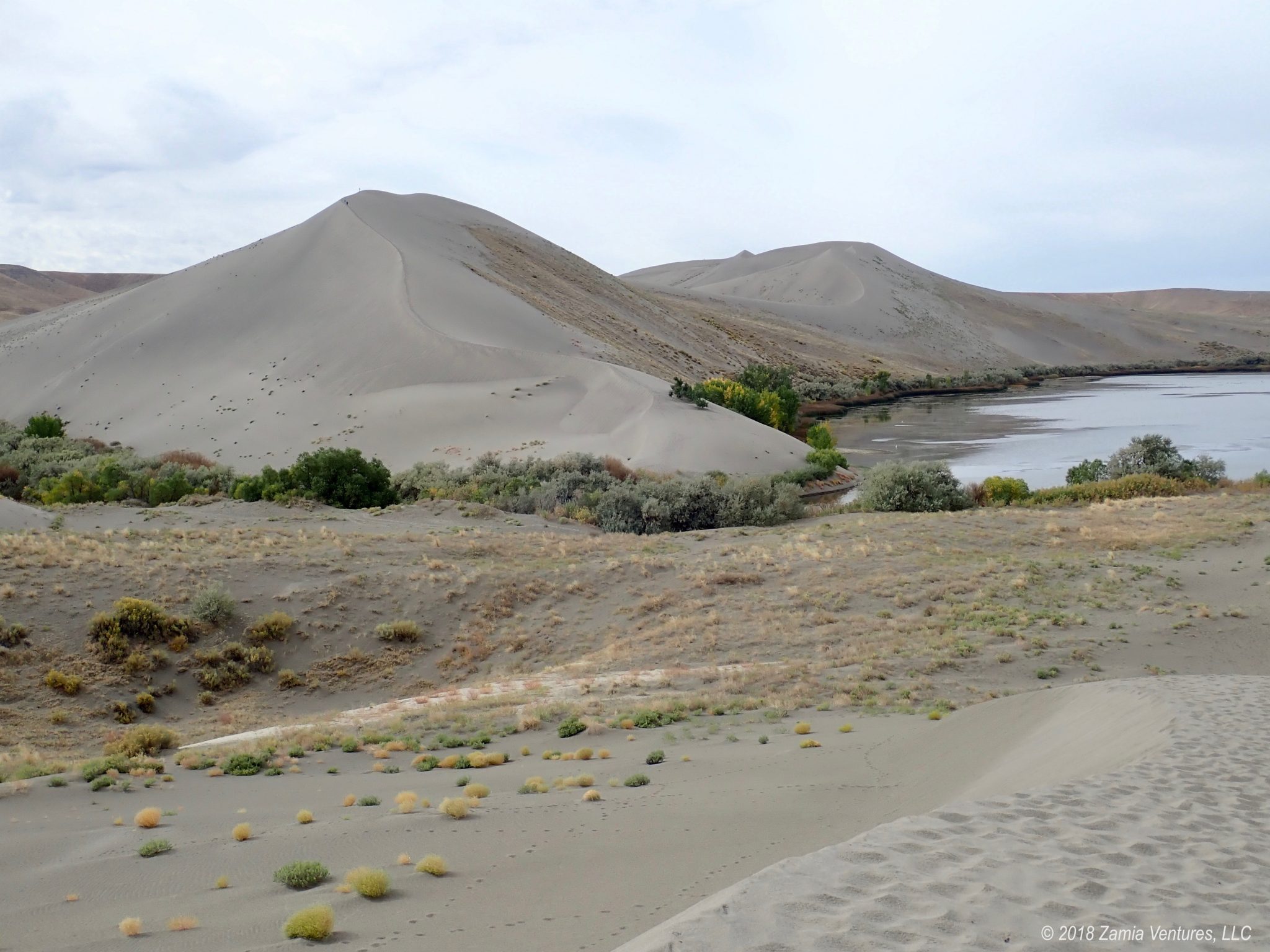
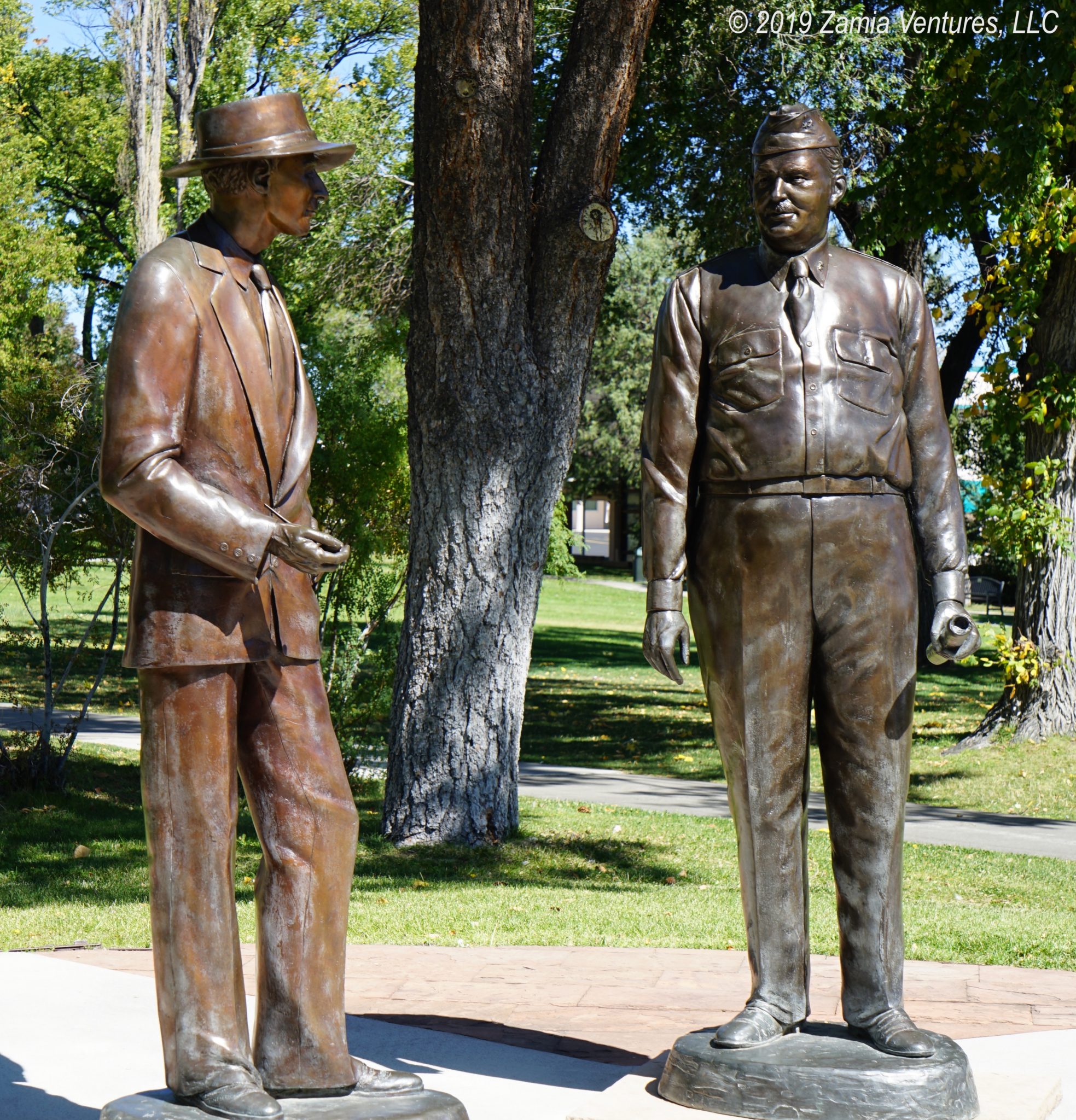
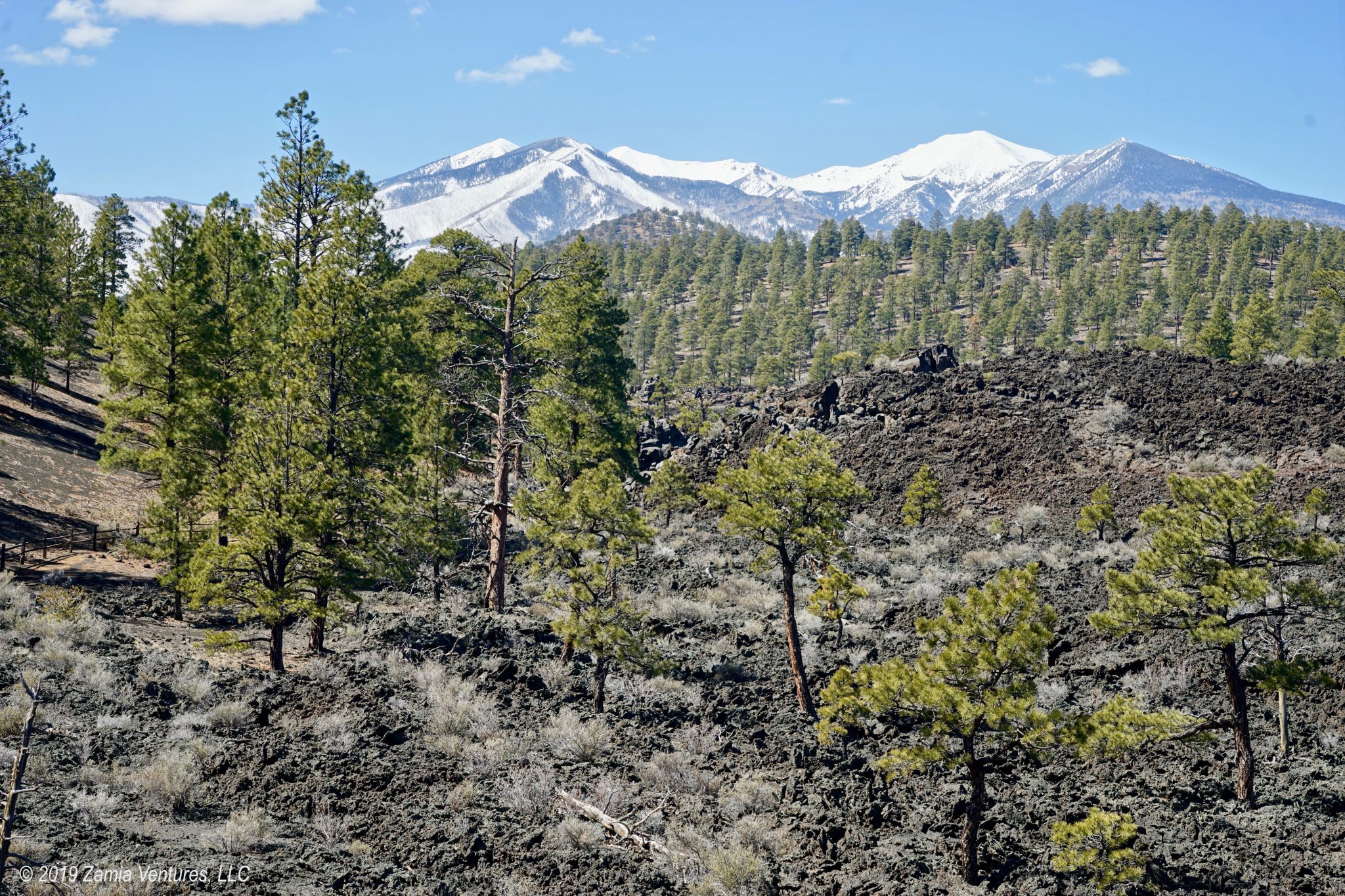
Weird…
We’ve heard very mixed reviews about this park. Some consider it an absolute must-see, while others have said “skip it.” We had been planning to visit this summer, but had a change of plans and never made it. Looking at your pictures, it looks pretty similar to Newberry in Oregon, which we visited a couple weeks ago. Based on your review, it doesn’t sound like Craters needs to be a huge priority at this point. Good to know.
I would agree, unless you have a fascination with all things “weird.” Glad we visited, but I don’t think we have any plans to go back.